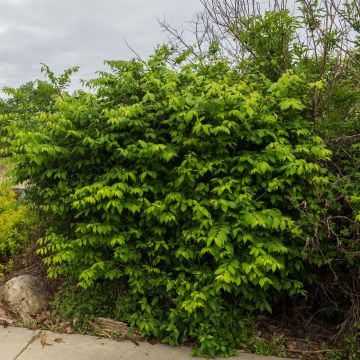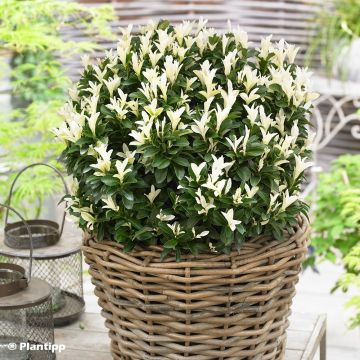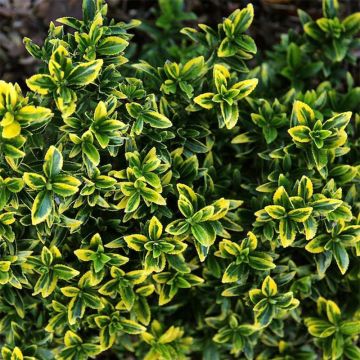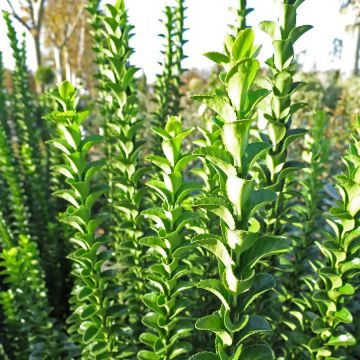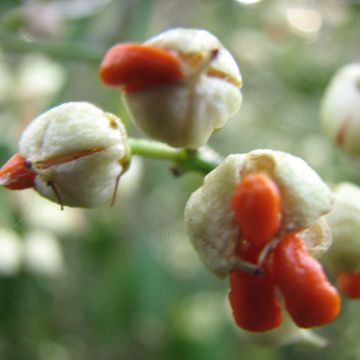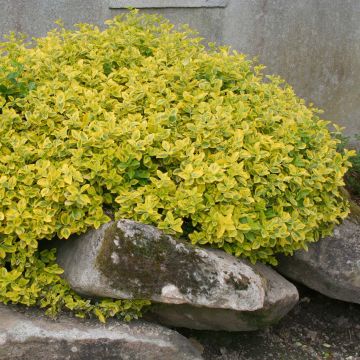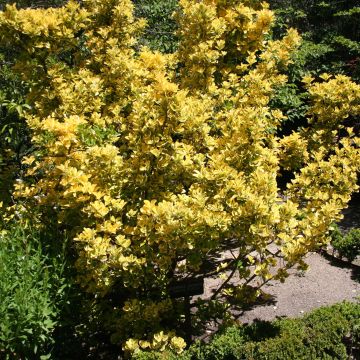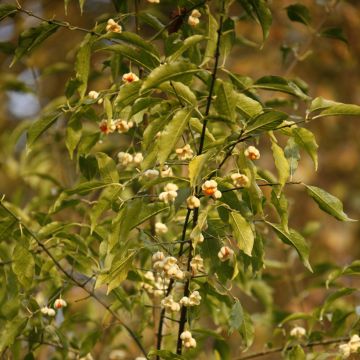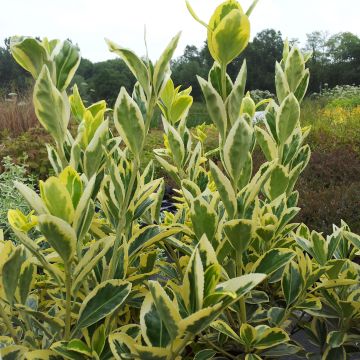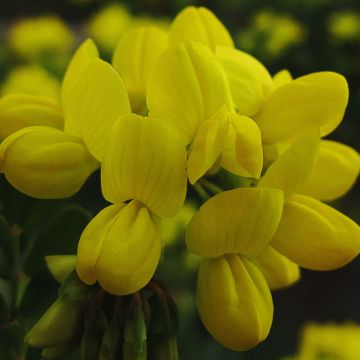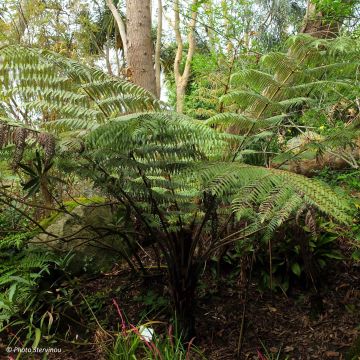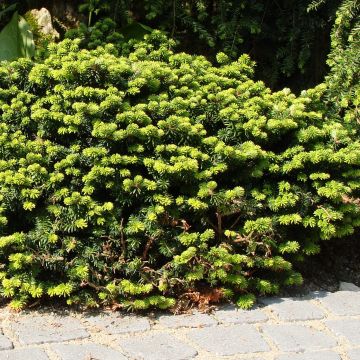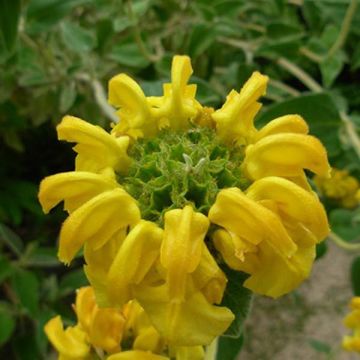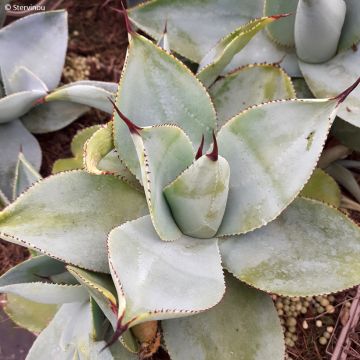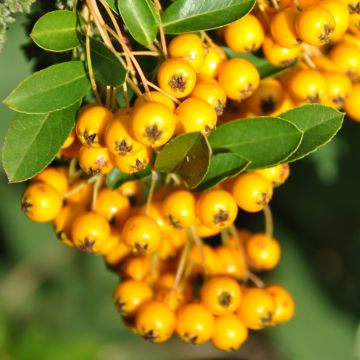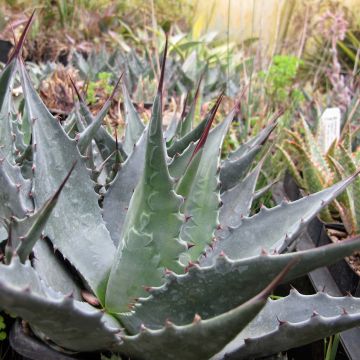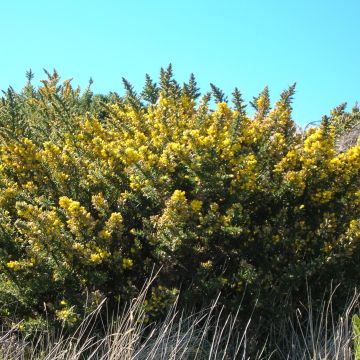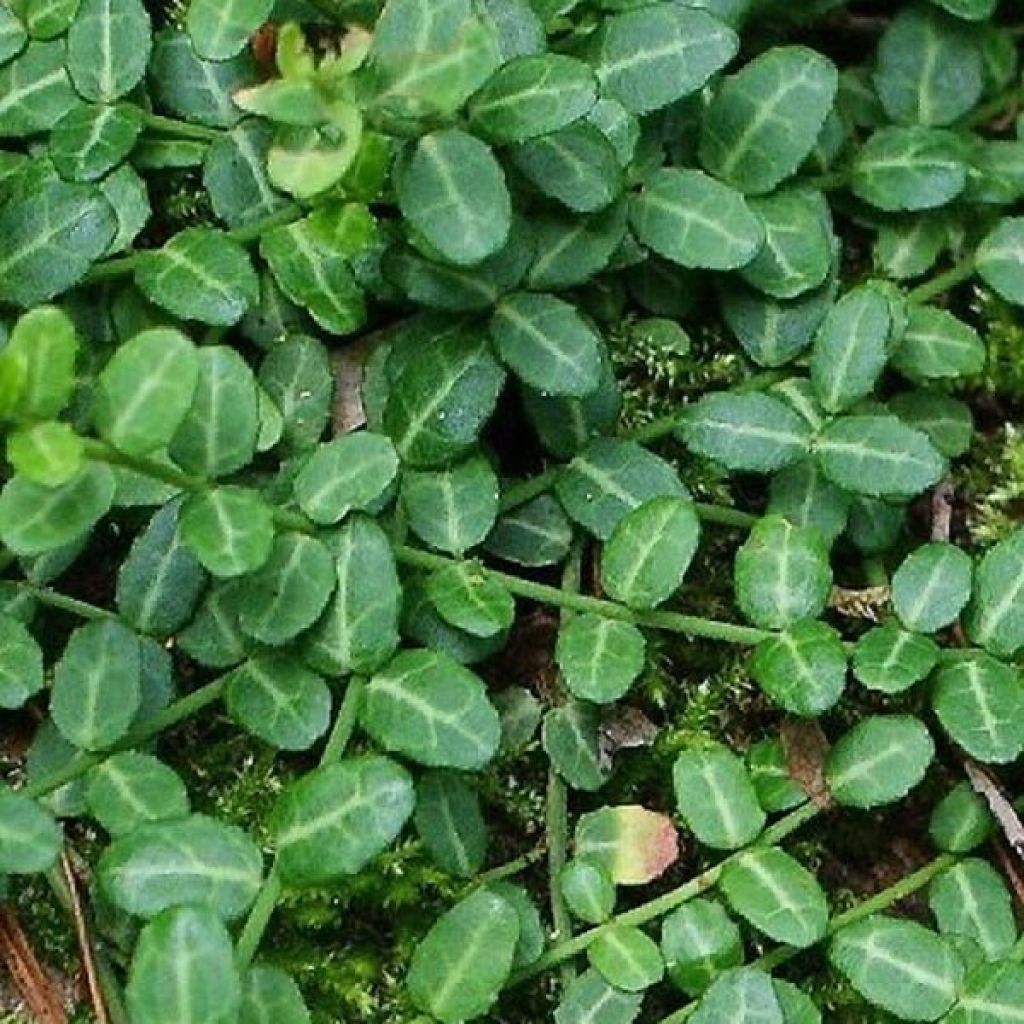

Euonymus fortunei Tustin - Spindle
Euonymus fortunei Tustin - Spindle
Euonymus fortunei Tustin
Fortune's Spindle, Wintercreeper
This item cannot be shipped to the selected country
Delivery charge from €5.90
More information
Schedule delivery date,
and select date in basket
This plant carries a 24 months recovery warranty
More information
We guarantee the quality of our plants for a full growing cycle, and will replace at our expense any plant that fails to recover under normal climatic and planting conditions.
From €5.90 for pickup delivery and €6.90 for home delivery
Express home delivery from €8.90.
Does this plant fit my garden?
Set up your Plantfit profile →
Description
The Euonymus fortunei Tustin is a variety of Fortune's spindle that is particularly low, very ground-covering, with densely branched vegetation, ideal for covering the ground in small spaces and particularly suitable for container gardening. Its evergreen foliage, with a beautiful green color and bluish reflections, takes on beautiful autumn and winter shades when exposed to cold temperatures. This small and well-maintained-looking bush is suitable for multiple uses: it can be placed under shrubs, on the edge of woodlands, along pathways, or even in planters on the terrace. It is very tolerant in terms of soil and exposure, preferring moist soils and avoiding arid conditions.
Native to Asia and northern China, the Euonymus fortunei is a slow-growing ground-covering bush from the Celastraceae family, perfectly hardy and tolerant of limestone in the soil. The Tustin variety is appreciated for its compact growth and very low habit, supported by branches that almost lie on the ground and naturally branch out. At maturity, this slow-growing cultivar will reach a height of about 15-20 cm (5.9-7.9 in) with a spread of 60 cm (23.6 in). The evergreen elliptical leaves, 3 cm (1.2 in) long and pointed at their tips, are a fairly dark and shiny green-blue color. Depending on the sunlight, they can take on beautiful red to purple shades on their upper surface only. In spring, on the current year's shoots, insignificant flowering occurs in the form of small clusters of white-greenish flowers. The flowers give way to decorative but non-edible red berries, appreciated by birds.
The Euonymus fortunei Tustin grows well in any soil that remains moist, preferably in sunny or semi-shaded areas. Pruning is unnecessary; it is better to pinch the young plants to encourage branching if necessary and only remove dead or diseased wood. It can be used in pots or planters on a terrace, in rockeries or as a border in flower beds, and even to highlight the curve of a pathway or the steps of a staircase, or to cover the slope of a retaining wall. It is useful in small gardens to cover the ground at the base of shrubs. Combine it with other sturdy ground-covering plants, such as Berberis thunbergii Atropurpurea Nana, Bergenia, creeping cotoneasters, variegated periwinkles, or other varieties of creeping spindles with variegated foliage.
Tips: Water during dry periods to maintain beautiful foliage.
Report an error about the product description
Euonymus fortunei Tustin - Spindle in pictures
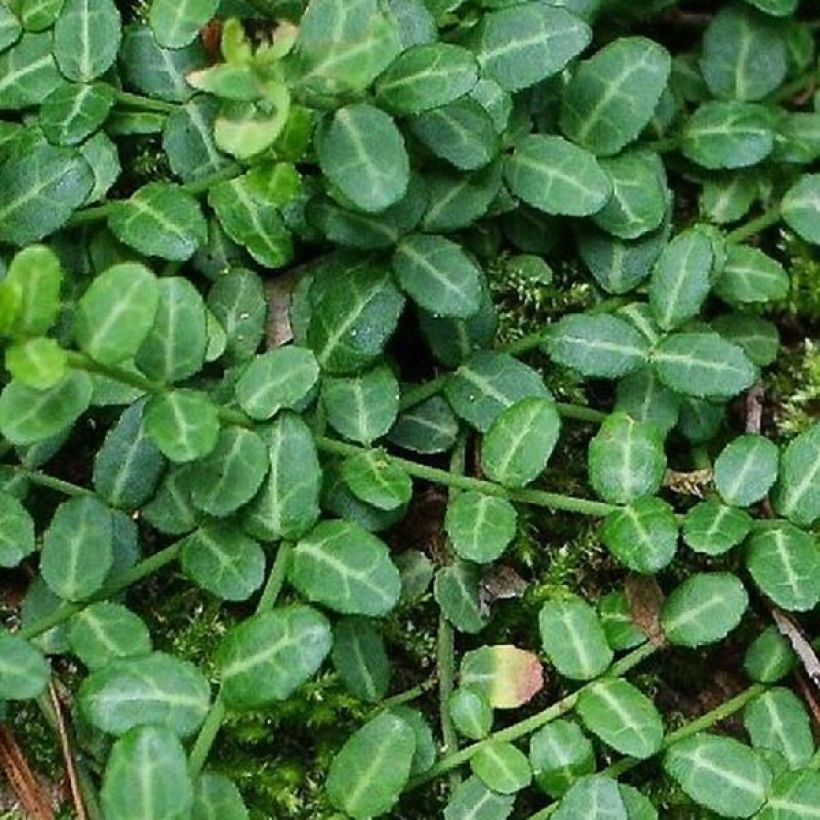

Plant habit
Flowering
Foliage
Botanical data
Euonymus
fortunei
Tustin
Celastraceae
Fortune's Spindle, Wintercreeper
Cultivar or hybrid
Other Euonymus - Spindle tree
Planting and care
Planting period
Intended location
Care
This item has not been reviewed yet - be the first to leave a review about it.
Evergreen shrubs
Haven't found what you were looking for?
Hardiness is the lowest winter temperature a plant can endure without suffering serious damage or even dying. However, hardiness is affected by location (a sheltered area, such as a patio), protection (winter cover) and soil type (hardiness is improved by well-drained soil).

Photo Sharing Terms & Conditions
In order to encourage gardeners to interact and share their experiences, Promesse de fleurs offers various media enabling content to be uploaded onto its Site - in particular via the ‘Photo sharing’ module.
The User agrees to refrain from:
- Posting any content that is illegal, prejudicial, insulting, racist, inciteful to hatred, revisionist, contrary to public decency, that infringes on privacy or on the privacy rights of third parties, in particular the publicity rights of persons and goods, intellectual property rights, or the right to privacy.
- Submitting content on behalf of a third party;
- Impersonate the identity of a third party and/or publish any personal information about a third party;
In general, the User undertakes to refrain from any unethical behaviour.
All Content (in particular text, comments, files, images, photos, videos, creative works, etc.), which may be subject to property or intellectual property rights, image or other private rights, shall remain the property of the User, subject to the limited rights granted by the terms of the licence granted by Promesse de fleurs as stated below. Users are at liberty to publish or not to publish such Content on the Site, notably via the ‘Photo Sharing’ facility, and accept that this Content shall be made public and freely accessible, notably on the Internet.
Users further acknowledge, undertake to have ,and guarantee that they hold all necessary rights and permissions to publish such material on the Site, in particular with regard to the legislation in force pertaining to any privacy, property, intellectual property, image, or contractual rights, or rights of any other nature. By publishing such Content on the Site, Users acknowledge accepting full liability as publishers of the Content within the meaning of the law, and grant Promesse de fleurs, free of charge, an inclusive, worldwide licence for the said Content for the entire duration of its publication, including all reproduction, representation, up/downloading, displaying, performing, transmission, and storage rights.
Users also grant permission for their name to be linked to the Content and accept that this link may not always be made available.
By engaging in posting material, Users consent to their Content becoming automatically accessible on the Internet, in particular on other sites and/or blogs and/or web pages of the Promesse de fleurs site, including in particular social pages and the Promesse de fleurs catalogue.
Users may secure the removal of entrusted content free of charge by issuing a simple request via our contact form.
The flowering period indicated on our website applies to countries and regions located in USDA zone 8 (France, the United Kingdom, Ireland, the Netherlands, etc.)
It will vary according to where you live:
- In zones 9 to 10 (Italy, Spain, Greece, etc.), flowering will occur about 2 to 4 weeks earlier.
- In zones 6 to 7 (Germany, Poland, Slovenia, and lower mountainous regions), flowering will be delayed by 2 to 3 weeks.
- In zone 5 (Central Europe, Scandinavia), blooming will be delayed by 3 to 5 weeks.
In temperate climates, pruning of spring-flowering shrubs (forsythia, spireas, etc.) should be done just after flowering.
Pruning of summer-flowering shrubs (Indian Lilac, Perovskia, etc.) can be done in winter or spring.
In cold regions as well as with frost-sensitive plants, avoid pruning too early when severe frosts may still occur.
The planting period indicated on our website applies to countries and regions located in USDA zone 8 (France, United Kingdom, Ireland, Netherlands).
It will vary according to where you live:
- In Mediterranean zones (Marseille, Madrid, Milan, etc.), autumn and winter are the best planting periods.
- In continental zones (Strasbourg, Munich, Vienna, etc.), delay planting by 2 to 3 weeks in spring and bring it forward by 2 to 4 weeks in autumn.
- In mountainous regions (the Alps, Pyrenees, Carpathians, etc.), it is best to plant in late spring (May-June) or late summer (August-September).
The harvesting period indicated on our website applies to countries and regions in USDA zone 8 (France, England, Ireland, the Netherlands).
In colder areas (Scandinavia, Poland, Austria...) fruit and vegetable harvests are likely to be delayed by 3-4 weeks.
In warmer areas (Italy, Spain, Greece, etc.), harvesting will probably take place earlier, depending on weather conditions.
The sowing periods indicated on our website apply to countries and regions within USDA Zone 8 (France, UK, Ireland, Netherlands).
In colder areas (Scandinavia, Poland, Austria...), delay any outdoor sowing by 3-4 weeks, or sow under glass.
In warmer climes (Italy, Spain, Greece, etc.), bring outdoor sowing forward by a few weeks.

































